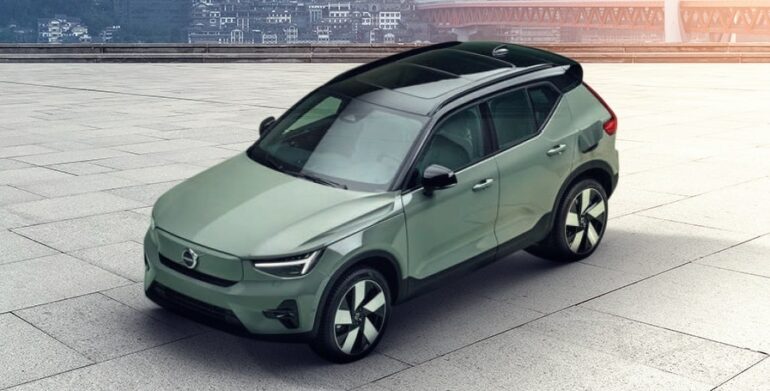More concerning for sellers is the threat that low-maintenance EVs offer to their income generator – the service segment. Parts and repair work might account for 60 to 80 per cent of a dealership’s total income.
However, with fewer moving parts that may fail, improved over-the-air software-based repairability, and fewer basic maintenance items like brake pads and oil changes, EV trips to the service lane are considerably less frequent.
According to McKinsey & Co., EVs will produce up to 40% less aftermarket expenditure than comparable-aged ICE vehicles.
“How can we make up for lost fixed-ops business? “What are the additional methods for generating new money and lowering costs?” Norcross, the owner of Volvo Cars Memphis in Tennessee, spoke up.
Volvo’s next generation of software-first battery-powered automobiles, such as the full-size EX90 crossover, will have advanced driver-assist technology, lidar sensors, and bidirectional charging capabilities. This would need expensive and time-consuming retraining of back and front-end operations.
“You’re going to have to perform the training and have personnel capable of communicating the new technologies with a company that is actively expanding technologically,” Norcross said. “At a premium level, you’ll have to step it up.”

